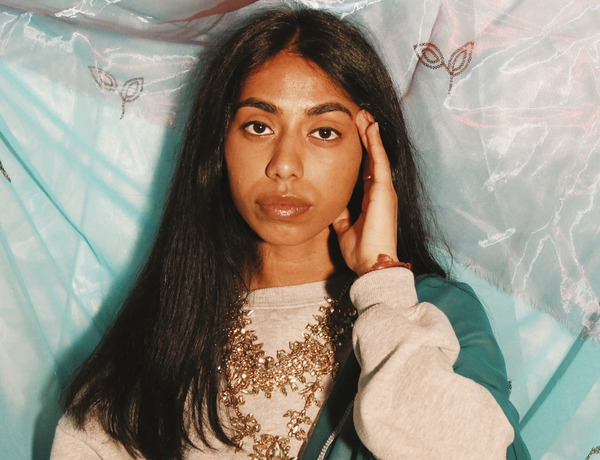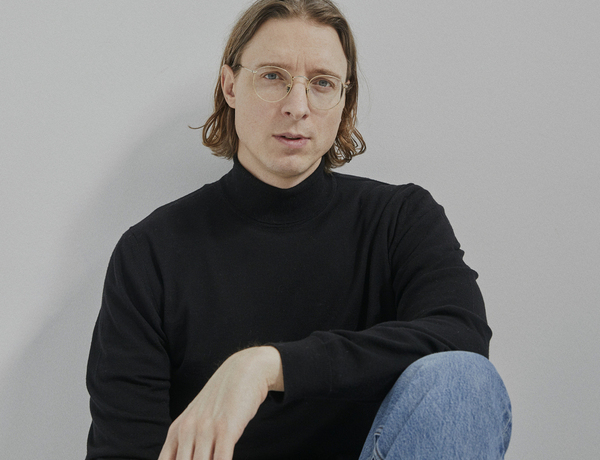Interview with Lauren Grusenmeyer
Could you tell us a bit about yourself?
I am a Belgian graphic designer and run my own, independent graphic design studio Bureau Grusenmeyer. I studied graphic design at Sint Lucas Ghent. Afterwards, I moved to Amsterdam where I attained a post-graduate in design at the Sandberg Design Department. After this period I started a collaboration with Ines Cox under the name Cox & Grusenmeyer. Together we developed self-initiated projects such as performances and installations alongside commissions for the cultural sector. In 2015 we split and nowadays I run my own studio. In addition to my daily practice, I also teach and coordinate the Graphic Design Studio at Sint Lucas Antwerp. Here I also conduct research in the ‘The Hybrid Designer’ platform which I co-founded together with Hugo Puttaert and Ward Heirwegh which explores cross-over design practices.
Where did you grow up?
I grew up in the centre of Ghent but travelled a lot in my youth. My mother fell in love with an Italian man and together we moved to Italy for a few years. When I was a bit older I pursued a short modelling career in which I travelled extensively. Because of the fact that I moved around a lot, I learned to appreciate my home country much more. I always missed home and loved coming back. I think that is the main reason why I still live here.
What initially inspired you to pursue a career in Graphic Design?
I did regular high school as a teenager and studied languages. However, I was always interested in the arts as I grew up in an art-oriented family. Both my parents are antiquarians, my grandfather was a designer and my uncle and aunt are in fashion. I knew from a young age I wanted to create things but I did not feel the urge to become an artist. I felt I needed specific cases in where I could apply my creativity. At the age of 16, we had to write a paper in French as our final exam. I decided to write mine on pop-art. Since I had to hand in a printed version of my paper I had to make it up. I started working on it elaborately and before I knew it I was printing out all the titles in a nice font, glueing it in, adding coloured papers to differentiate the chapters, adding captions to the images and made a nice cover for it. In short, I was designing the whole thing. I thought, maybe this is something for me? I could do this!

How would you describe your creative process?
My work covers many different outputs, I design books, websites, exhibitions, and I do self-initiated projects such as installations and collage series. So, every kind of output really has its own process.
However, when I do design jobs, I always do a lot of studies and sketches before I decide on a direction to go in. I believe you can work in two ways when designing. You can decide a conceptual approach at first and then start designing, more of a top-down approach. But you can also discover new approaches by designing first, like a bottom-up approach. In the second road, you allow serendipity and coincidence to make their way into your designs. I believe in both ways but usually I sketch extensively at first to get my hands on the material I am working for. This allows me to play with the material and challenge my habitual way of working.
Type research is another important part of my creative process. For me, typography gives identity to what I am designing. I always invest a lot of time in testing and looking up fonts. It is for me a special ingredient which I like to be very specific.
Another interest of mine is using certain rule-based constructions as a way to delineate my terrain and control how a design is shaped. I am quiet process oriented so I like to take a meta-perspective towards what I design and play around with the habitual design process. This can result in the design of a system for a series of posters, instead of designing the posters one by one. Or decide to make a whole book by hand instead of using the usual tools.

Does your city and surroundings influence you as a creative and individual?
I think the city has influenced me more when I was younger, back when I studied. Same goes for Amsterdam and Brussels and New York, where I used to live before. Nowadays I think my creative process is more influenced by very specific interests, specific collaborations and methodologies I have gathered around me. What for me is very important, is my studio. I consider it as my wunderkammer for graphic design. I have everything in it. My whole archive is in it, my favourite books and all the tools I might need. It is a place which inspires me by its presence.
What do you struggle with the most in terms of working and living in a city like Ghent?
I think it is a great city, but I miss the diversity of many cultures such as what you would have in a very big city.
The responsibility of the council in every city is to provide a solid foundation of design, art and cultural facilities, is that evident in Ghent?
Ghent is the most left-winged city of Flanders. For the past ten years, we had socialists, the green party and the liberals ruling with a great mayor. That is something you can definitely feel in the city. It is a very open city, very democratic and socially minded. The city is also very supportive for entrepreneurs and art projects. They really see the value of culture as a cultural significator. However, in the whole of Europe, there is a pull to the right and this is something we all feel. In Belgium, there is currently a centre-right wing coalition with the Flemish nationalists. On the federal level, a lot of decisions are made which prevent the flourishing of cultural endeavours. That is something which I deeply regret.
Do you think it is also the responsibility of the designer/creative to improve the quality of peoples lives in their city?
I think it definitely is, but it is not limited to creatives. Anyone can act creatively in how they handle certain things. However, artists and creatives often cross imaginary boundaries by new ways of approaching things and in that sense, they do have a big role to play. I also believe graphic designers in specific have a big responsibility as they decide how things are communicated to the public. As a designer, you have power over the written word and how things are visualised. That is an important role to be aware of and to use in the right way.

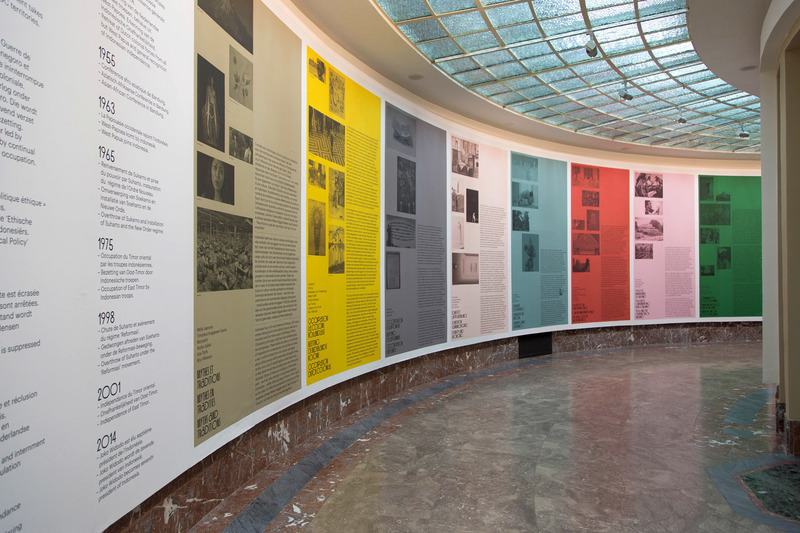
Can you tell us about any current or future projects that you are particular excited about?
I am doing a publishing project with a selection of artists which will launch soon! This I am very much looking forward to. Aside from that, I have just taken upon the role of coordinator of the Graphic Design Studio at Sint Lucas Antwerp where I hope to give a new direction to the department. In the recent years we have made cohesive steps to renew the education but now I would like to take it a step further and actualise our department even more.
What is the one thing you can’t live without in Ghent?
The presence of nature. Almost every weekend I go walking.
If you could add or change something about Ghent, what would that be?
I would make the city bigger. And I would take away the extensive ribbon development around the city.
Describe the perfect day for you in Ghent.
I get up early, do yoga, get a good breakfast, go out walking in the fields, go home for some drawing. I finish off with some lazy time and a great dinner out with friends.

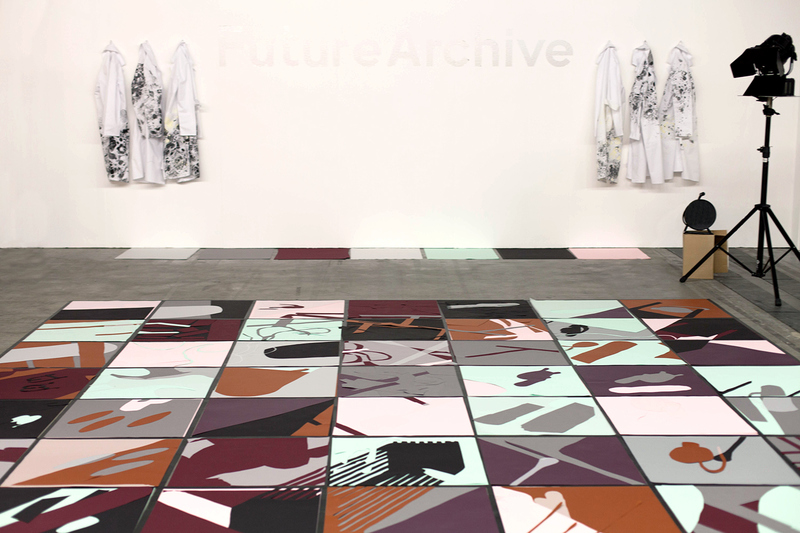
If you could choose any artist/creative from Ghent to collaborate with, who would that be and why?
There are so many creatives here, it is hard to choose! I love to work with anyone who has an understanding of typography and graphic design and challenges me to cross boundaries!
What do you do to switch off?
I go walking or do yoga.
What is your favourite time of the day?
Late afternoon, sunset time.
If you weren’t living in Ghent and could choose any city to live in where would that be, and why?
Currently that would be Los Angeles but of course this changes every few years. However, Los Angeles has a magnetic pull to me. A few years ago I taught one workshop there at the Otis College of Art and Design and I really fell in love with the city. There are many great designers and artists there. Besides that California also has a fascinating history in terms of the counter-culture movement and the presence of the tech industry. At the same time, I love the presence of the desert and the impressive national parks all around Los Angeles.
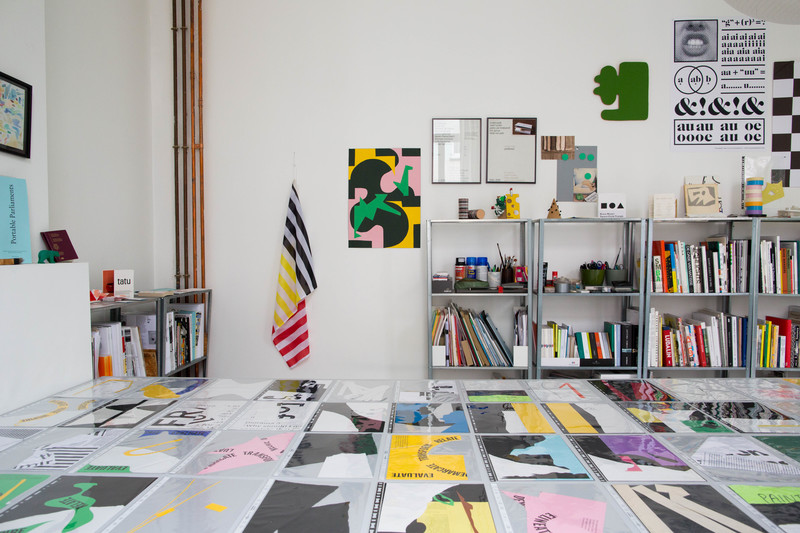
ghent by Lauren Grusenmeyer
A selection of places in Ghent - recommended by graphic designer Lauren Grusenmeyer. See all of Lauren's favourite places here
More Interviews


